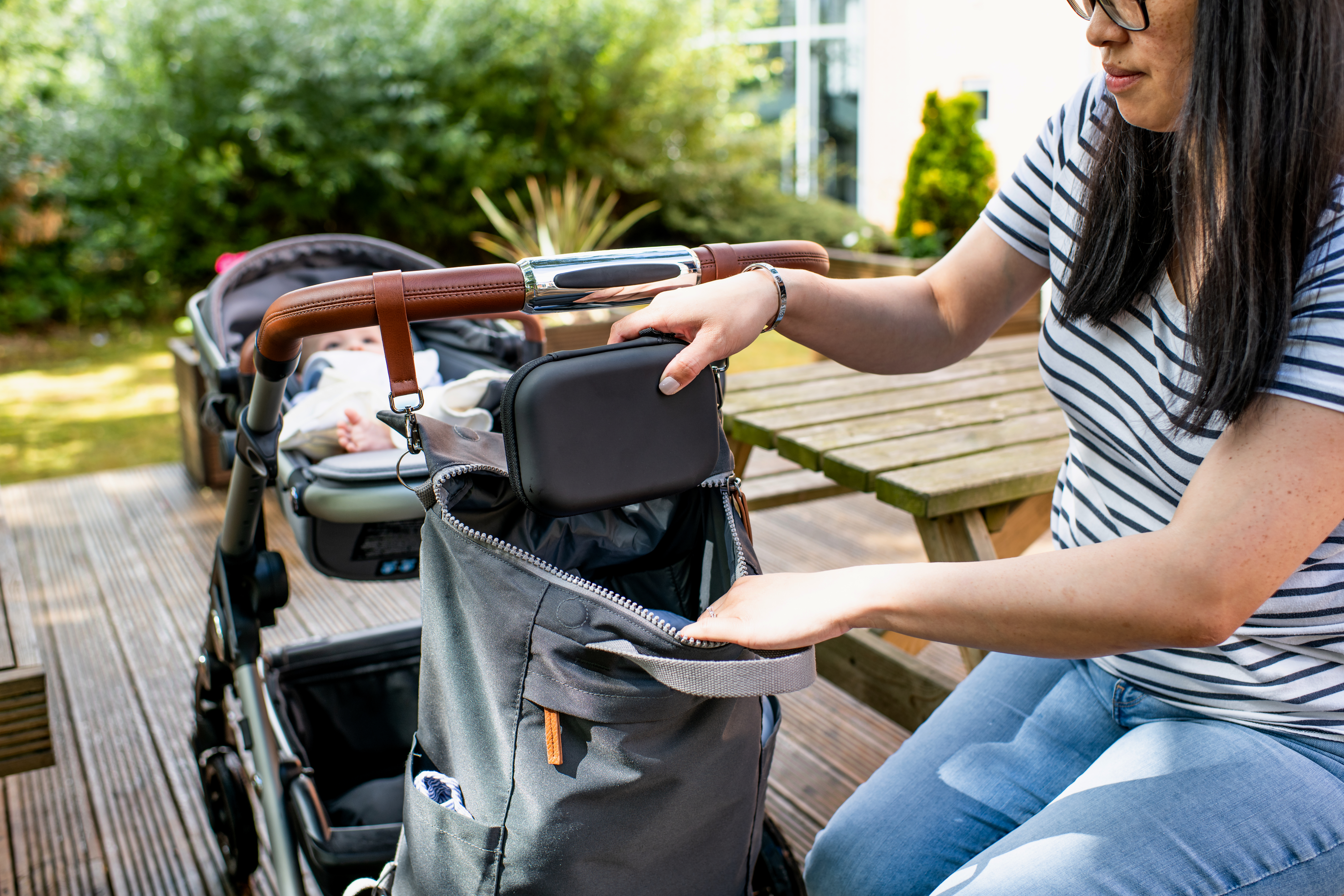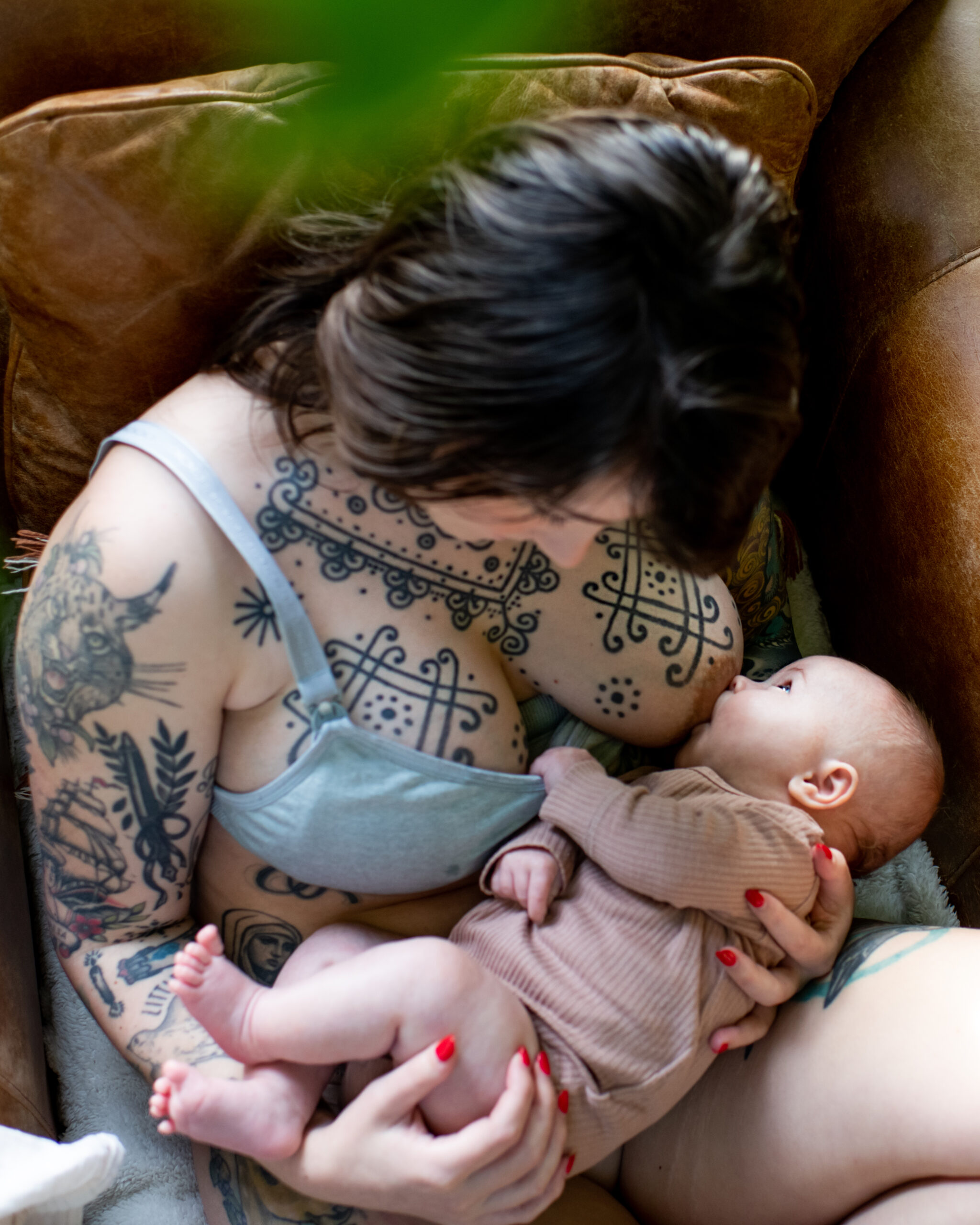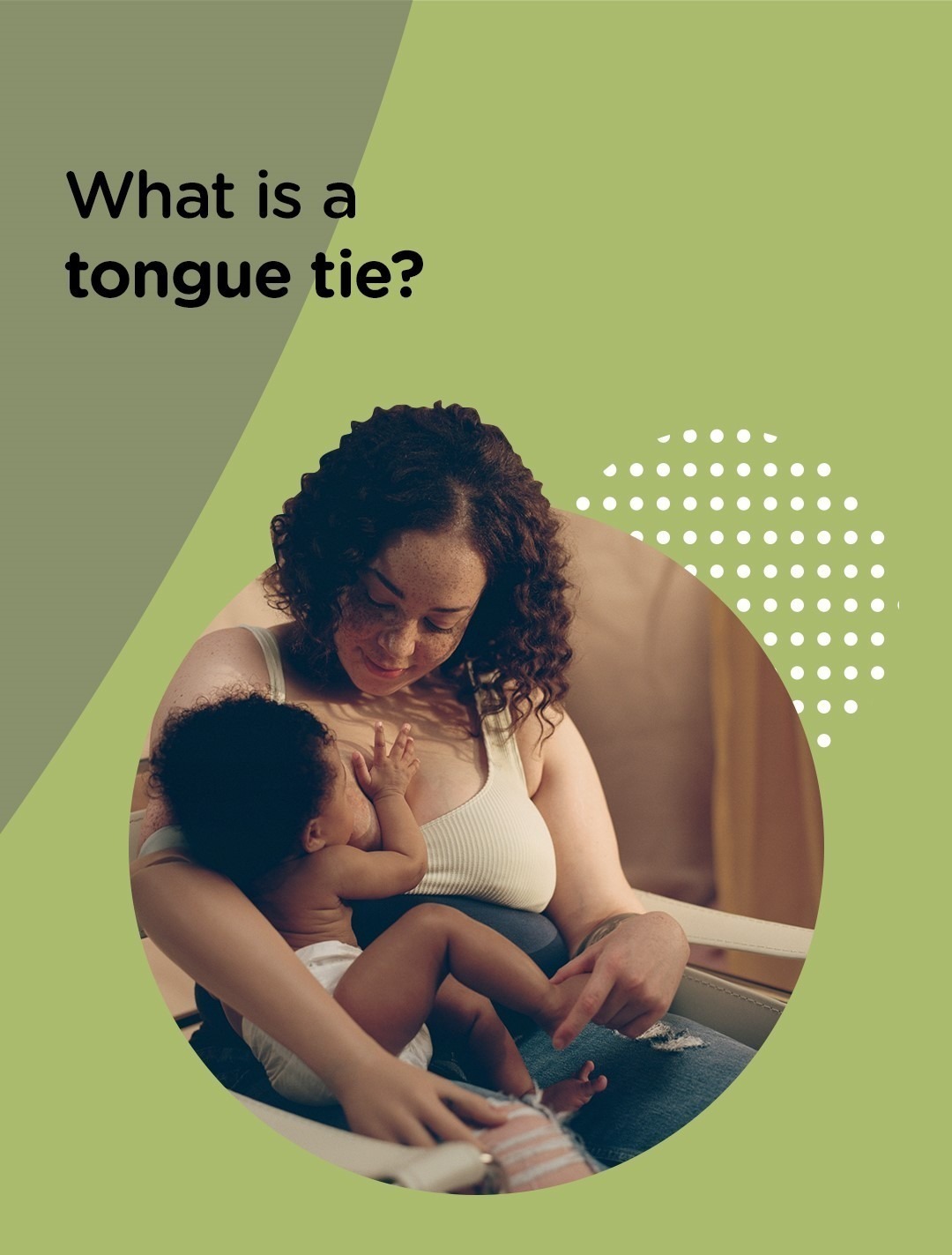Sterilising is one of the most important ways of protecting your baby so that they stay safe and healthy.
Here’s the lowdown on how, when and why you should sterilise baby’s bottles.
Why should you sterilise baby bottles?
Using sterilising equipment to clean baby bottles goes beyond just basic cleaning, it gives your little one added protection against bacteria that can cause some nasty tummy bugs.
When to sterilise baby bottles
You should always sterilise all the parts of baby’s bottle, including the teat, hood and any connectors before you use it for the first time, whether it’s brand new or has been used before. You’ll need to sterilise after every use too. Anytime your bottle is used bacteria starts to grow in the milk residue so sterilisation helps to remove all those nasty germs.
Ways to sterilise your baby bottles
Back in the day, mums used to boil up a pan of water on the stove to sterilise baby bottles, and that still works, but happily there are quicker, easier and safer ways today.
Always wash your baby bottles and teats in hot soapy water first to remove as much milk bacteria as possible prior to sterilisation. Most bottles can be cleaned in a dishwasher (top shelf only) however they could be contaminated with other food debris so washing bottles separately in hot soapy water is the best method.
You can safely sterilise baby bottles using:
- Hot water – boiling or steam sterilising in a microwave steriliser or electric steriliser
- Cold water – using sterilisation liquid or tablets
Can I sterilise bottles in a microwave?
Yes! Sterilising baby bottles in a microwave really speeds things up. Microwave sterilisers heat water to generate steam which sterilises baby bottles, teats and feeding accessories. They’re small and compact and do a super quick job of sterilising, usually in around 6 minutes. They’re great for travelling too, as they’re more portable than electric steam sterilisers.
How to sterilise baby bottles in a steamer
You could create your own steam steriliser by putting bottles and teats inside a metal rice or pasta drainer over a pan of boiling water. But you have to make sure all your cooking gear is clean and isn’t likely to transfer smells and tastes, your little one won’t appreciate garlic flavoured milk.
How to sterilise baby bottles in an electric steam steriliser
Electric steam sterilisers are a real time saving piece of kit. You can usually sterilise 6 bottles at a time and the process can take as little as 6 minutes. Once your baby’s bottles and feeding things are sterilised you can store them inside, so they remain sterile for up to 24 hours. Some will even sterilise and dry baby’s bottles in one go.
They’re a bit more expensive to buy and take up a bit of counter space, but electric steam sterilisers are really quick and convenient, especially when baby’s yelling for a bottle. Larger steriliser units are also good for sterilising bigger items such as breast pumps.
How to sterilise baby bottles using cold water
If you don’t have any way of heating water to sterilise your baby bottles then sterilising tablets or liquid are also effective at protecting against bugs and bacteria. This can be a great option if you’re travelling. Just make sure you follow the instructions carefully.
How to store sterilised baby bottles
Once you’ve sterilised baby’s bottles, you’ll want to use them to feed your baby straight away or store them safely, so they don’t pick up any germs or bugs. Reassemble the clean and sterilised bottles using the teat tongs provided with the steriliser, taking care not to touch the teats. Once assembled you can store those bottles for approximately 24 hours before you need to pop them back in the steriliser. Don’t leave sterilised baby bottles out on work surfaces as they will quickly become unsterile.
If you use a microwave or electric steam steriliser, you can store baby bottles inside for up to 24 hours if the lid remains closed. You can also keep sterile bottles in a sealed container in the fridge to help avoid any germs or bacteria. Just bear in mind that the container must be sterilised too.
Sterilising FAQ’s
Why do we need to sterilise baby feeding bottles?
Your baby’s immune system is not fully developed, which means they are more susceptible to illness, particularly diarrhoea and vomiting. Sterilising all your baby’s feeding equipment helps protect them from bugs, germs and bacteria that could make your baby sick.
Until what age do you need to sterilise baby bottles?
Sterilising all baby’s feeding equipment each time you use it for at least the first 12 months of your baby’s life.
How long do you have to sterilise baby bottles?
It depends on the method of sterilisation, so always follow the manufacturer’s instructions. For microwave and electric steam sterilisers, baby bottles and teats can be sterilised in as little as 5 minutes. If you’re sterilising using boiling water, items should be submerged in the water for at least 10 minutes.
Can you boil bottles to sterilise them?
Yes, you can. You’ll need to make sure that bottles, teats and other baby feeding items are submerged in boiling water for at least 10 minutes. If you use this method regularly the heat may damage some items more quickly so you may need to replace them more often.
Do you need to dry sterilised baby bottles?
No. Any remaining water inside the baby bottles will be sterile. Using a towel, no matter how clean it seems, to dry baby bottles runs the risk of introducing bacteria back inside baby’s bottles.
Can you sterilise baby bottles in a dishwasher?
It’s not recommended to sterilise baby bottles in a dishwasher because not all dishwashers get hot enough to kill bacteria that may linger inside, and there’s a risk of contamination from other items. But you can use a dishwasher to clean baby’s bottles before you sterilise them. Just make sure you follow any instructions and place them on the top rack.
What needs to be sterilised?
It’s recommended that anything coming into contact with baby and baby milk will need sterilising. Bottles and teats are most regularly sterilised, but you will also need to sterilise your breast pumps after every use and soothers, teethers and some baby toys can be safely sterilised.


